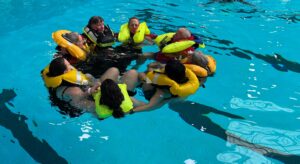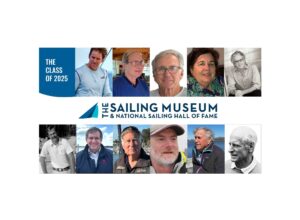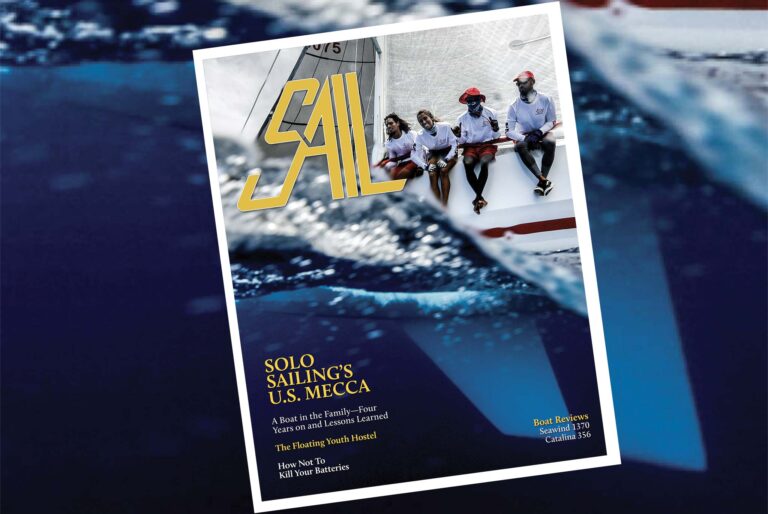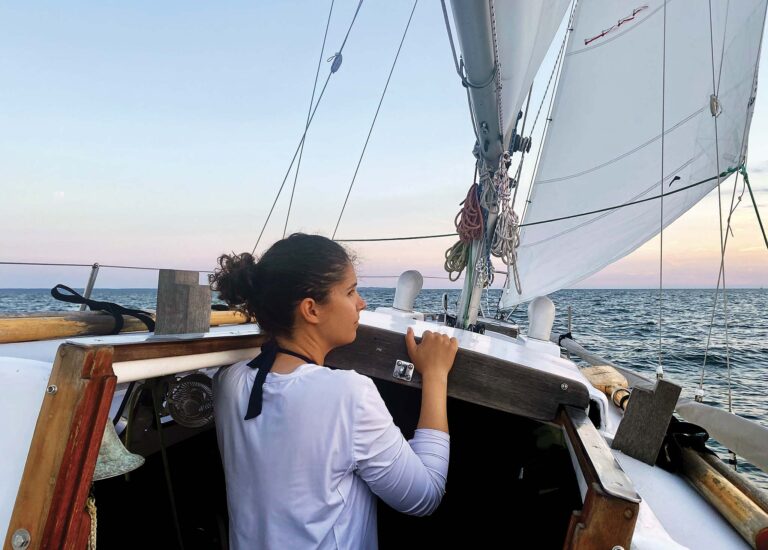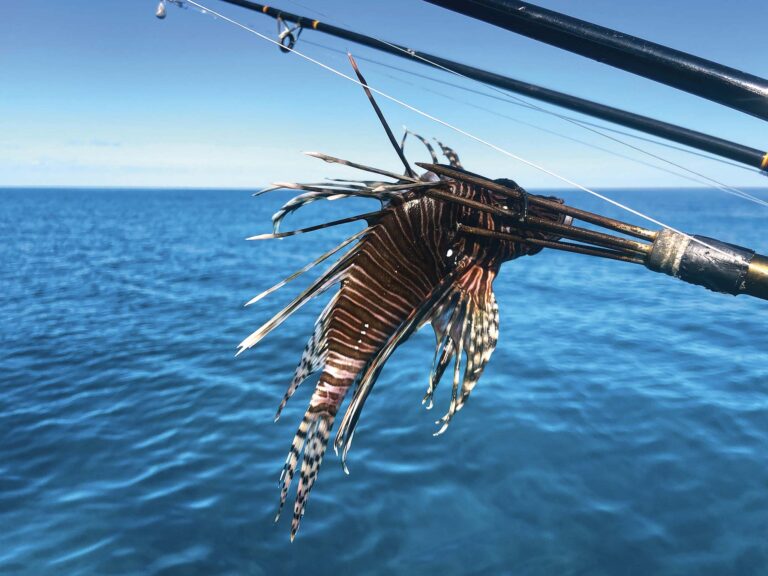
In spite of the fact I came to the sport of sailing alone and untutored, in a boat I acquired on my own, I never really aspired to become a solo sailor. It just sort of happened. All these years later, I still never explicitly plan to sail anywhere alone. I’m always happy to bring along crew. It’s just that I’m also not normally prepared to cancel a proposed cruise or passage simply because no one wants to go with me.
There is, without doubt, a great deal of satisfaction to be derived from handling a sailboat on your own without assistance. The bigger the boat, the greater the satisfaction. The key to singlehanded sailing, as in so many things, is self-awareness. You need to have a keen understanding of your limitations. This is just one reason why, after a few seasons of regularly sailing solo on my current 47ft boat, my next dreamboat, for the first time in my life, is a smaller one.
One of the first things I learned about solo sailing is that open-ocean passages are much easier than coastal ones. The key issue always is getting enough sleep, and that is always easier when you’re in the middle of nowhere. I remember once asking Webb Chiles, a famous long-distance solo sailor who for many years was a favored SAIL contributor, how he organized his sleeping while on passage. His answer, quite simply, was that he didn’t. His strategy was to just go to sleep and then sleep as long as possible until he had to get up to deal with something.
I have tried this myself because I do enjoy sleeping, and it works very well, especially these days when I can rely on modern electronics to let me know when there’s something to deal with. A radar set with a guard alarm can alert you to both oncoming ships and squalls. An AIS transceiver will pay particular attention to any ships and most bluewater yachts in the area.
Inshore passages are another game entirely. There are still many commercial fishing boats that don’t carry AIS, and sportfishing boats, I’ve noticed, often prefer to run dark so no one will discover their top-secret fishing spots. Plus, there are any number of smaller vessels that don’t carry AIS and also make miserable radar targets. Going to sleep with threats like this buzzing about around you is a bit like trying to play pinball blindfolded. Unless you truly are a wizard, it’s best therefore to limit yourself to short catnaps. Of course, the great advantage to sailing inshore is that there are usually places to stop. Thus, when sailing inshore I normally limit myself to short hops, with not more than one overnight leg in each one, even if it means taking more time and sailing a longer distance overall.
As to the question of how best to equip your boat for solo sailing, there are entire books on the subject. These days, in a world filled with powered winches, remote-control fobs and other such gizmos, it’s also possible to come up with all sorts of clever line and boathandling tricks. I have one young friend who sails solo on a 39ft Allures cutter and loves to regale me with tales of daring remote-controlled solo spinnaker hoists, Med moors and other esoterica. This is all well and good. However, you also need to still be able to handle your boat when the gizmos break down. In the end what matters most to me personally is a reliable self-steering system and a mainsheet I can reach from the helm.
The reason for this is that the limiting factor normally isn’t your gear, but your state of mind. You’ll be surprised how much boat you can handle alone if only you handle it thoughtfully. When sailing alone, even on a small boat, you need always to carefully think out every move you make in advance and then focus exclusively on each of those moves as you are making them. You need to exist and work mindfully in each moment before moving on to the next—a philosophy that serves as well in life in general as it does on a boat.
May 2021

